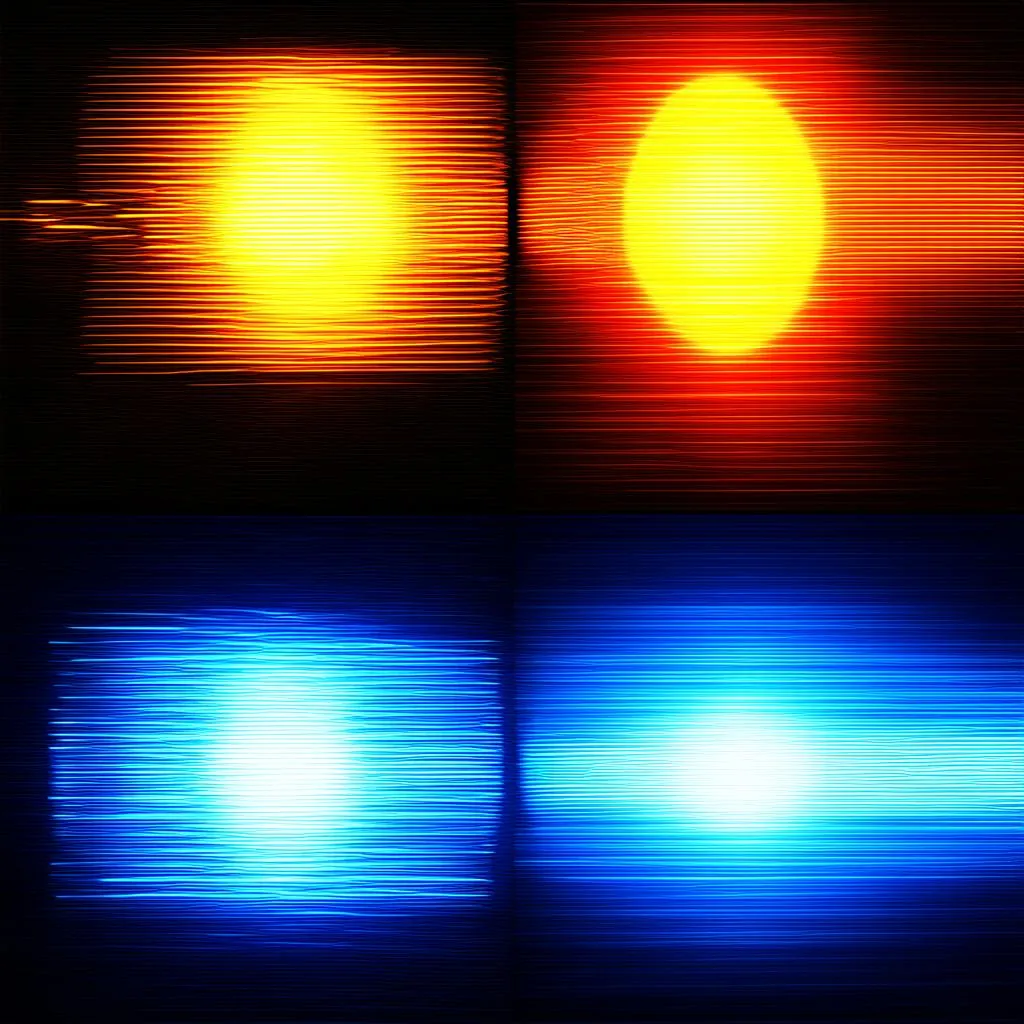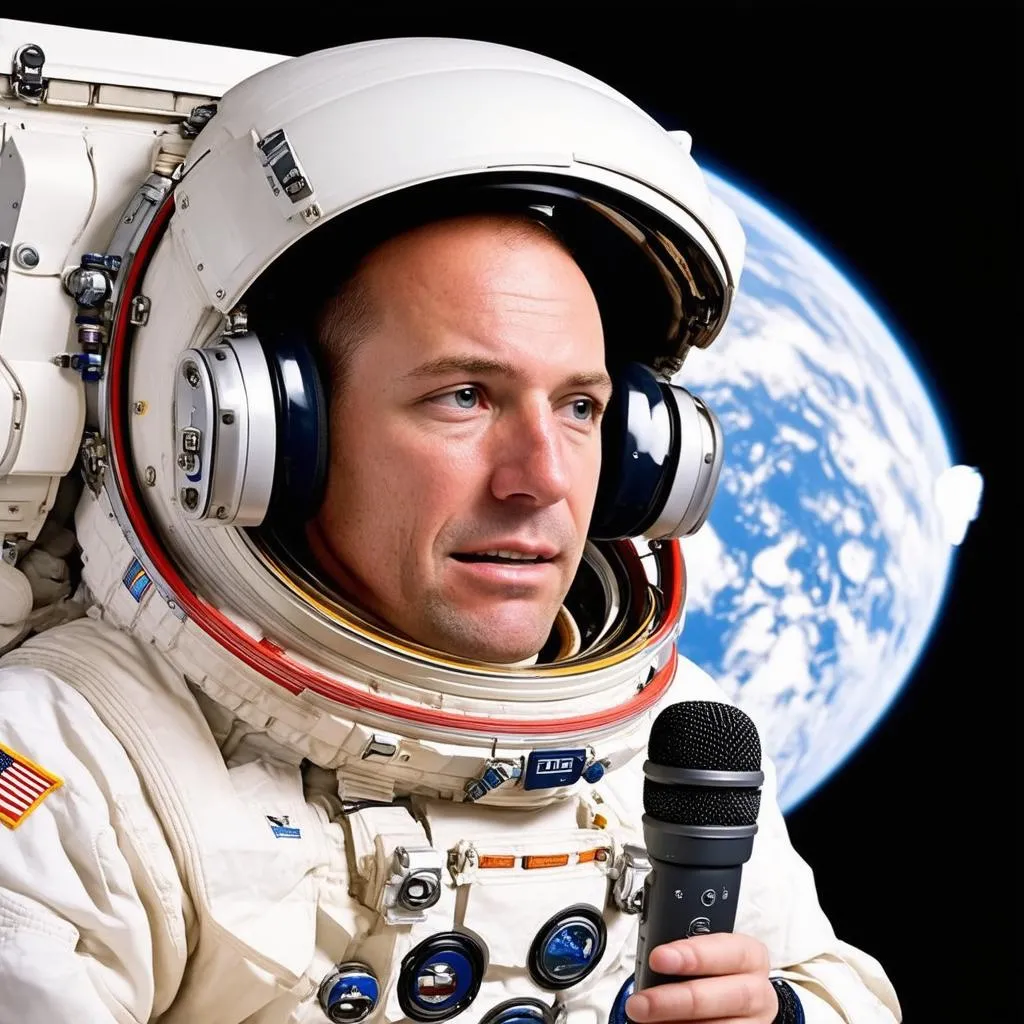Have you ever wondered what’s quicker, the flash of lightning or the clap of thunder? This simple question leads us to a fundamental principle of physics: the speed of light versus the speed of sound. Let’s embark on a journey to explore this fascinating phenomenon, uncovering its impact on our world and even touching upon how it influences our travel experiences.
The Need for Speed: Light Takes the Lead
To put it simply, light travels much faster than sound. In a vacuum, light zips along at a mind-boggling speed of approximately 299,792,458 meters per second (that’s about 670,616,629 miles per hour!). This incredible speed is why we see things almost instantaneously.
Sound, however, is a bit more leisurely. It travels through air at a comparatively slower pace of around 343 meters per second (or about 767 miles per hour). This difference in speed is why we often see lightning before we hear the accompanying thunder.
To put things into perspective, imagine you’re witnessing a firework display at the Sydney Opera House. You’d see the burst of color almost immediately, but the booming sound would take a noticeable moment to reach your ears. That’s because the light from the fireworks reaches your eyes much faster than the sound waves travel to your ears.
Why the Difference?
The speed difference stems from their nature:
- Light is an electromagnetic wave. It doesn’t need a medium to travel and can even move through the vacuum of space.
- Sound, on the other hand, is a mechanical wave. It requires a medium like air, water, or solids to propagate.
Think of it like this: sound is like a ripple in a pond, needing water to travel. Light, however, is more like a message sent directly through the airwaves, not needing water or any other medium.
Experiencing the Speed Difference in Travel
This difference in speed has intriguing implications, especially when we travel.
- Delay in Long-Distance Calls: Ever noticed a slight delay when talking to someone far away on a video call? That’s the speed of light (carrying your internet data) playing catch-up over long distances.
- Sonic Booms: When an aircraft like the Concorde supersonic jet travels faster than the speed of sound, it creates a sonic boom. This sound is the result of air pressure changes caused by the object moving faster than the sound waves it produces.
The Cultural Impact: Light and Sound in Beliefs
The concepts of light and sound have also permeated various cultures and beliefs:
- Feng Shui: In traditional Chinese culture, sound is considered a form of energy that can influence the flow of “chi” in a space. For example, wind chimes are often used to attract positive energy and create a sense of harmony.
- Religious Ceremonies: From the ringing of bells in temples to the chanting of prayers, many cultures use sound as a way to connect with the divine. These practices demonstrate the powerful influence sound can have on our emotions and spiritual experiences.
FAQs About Light and Sound
Q: Does light always travel at the same speed?
A: While light travels at its fastest speed in a vacuum, it can slow down when passing through different mediums like water or glass. This slowing down is what causes light to bend, a phenomenon known as refraction.
Q: Does sound travel faster in water or air?
A: Sound actually travels faster in water than in air. This is because water molecules are packed more tightly than air molecules, allowing sound waves to propagate more efficiently.
 Speed of Light vs Sound
Speed of Light vs Sound
Q: Why can’t we hear sounds in space?
A: Space is a vacuum, meaning it lacks the air or other mediums that sound waves need to travel. This is why astronauts need to use radios to communicate with each other while in space.
 Astronaut Communication
Astronaut Communication
Travel Deeper with Travelcar.edu.vn
Want to learn more fascinating facts about the world around us and how they impact our travel experiences? Visit travelcar.edu.vn for more insightful articles like:
- What medium does sound travel through the fastest?
- How fast does light travel?
- Where would sound travel the slowest?
From the science behind everyday phenomena to the cultural beliefs shaped by our world, there’s always something new to discover with travelcar.edu.vn. Start exploring today!